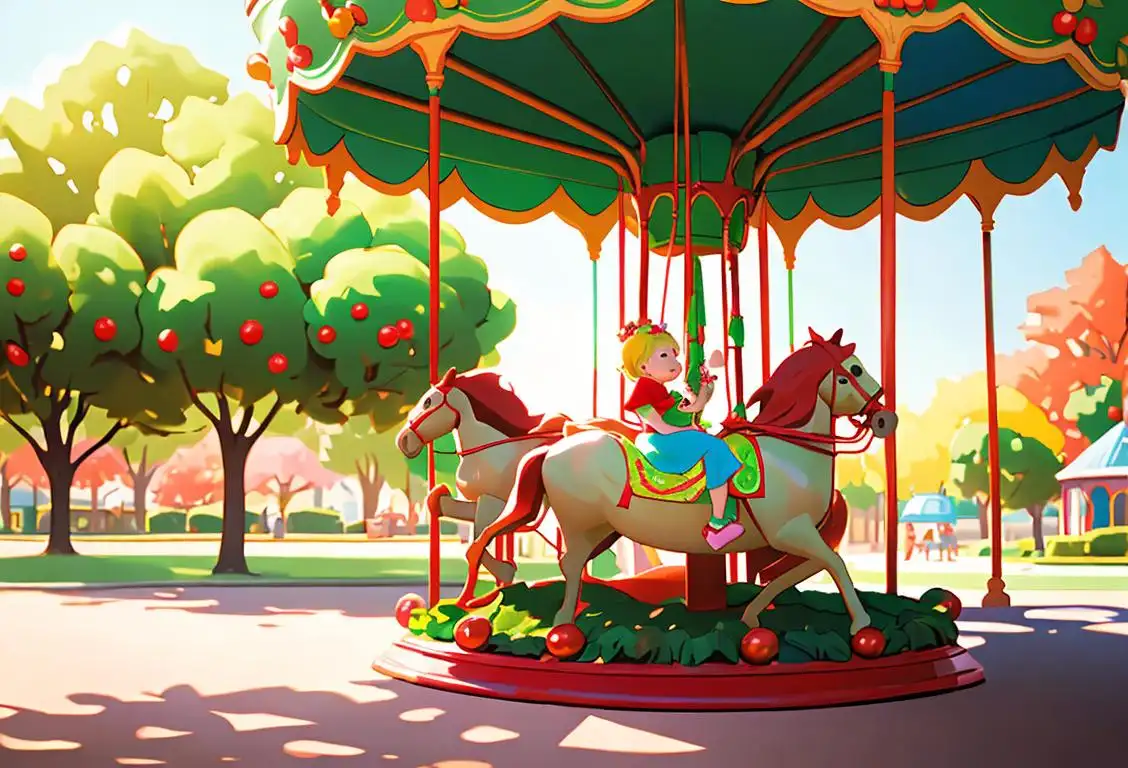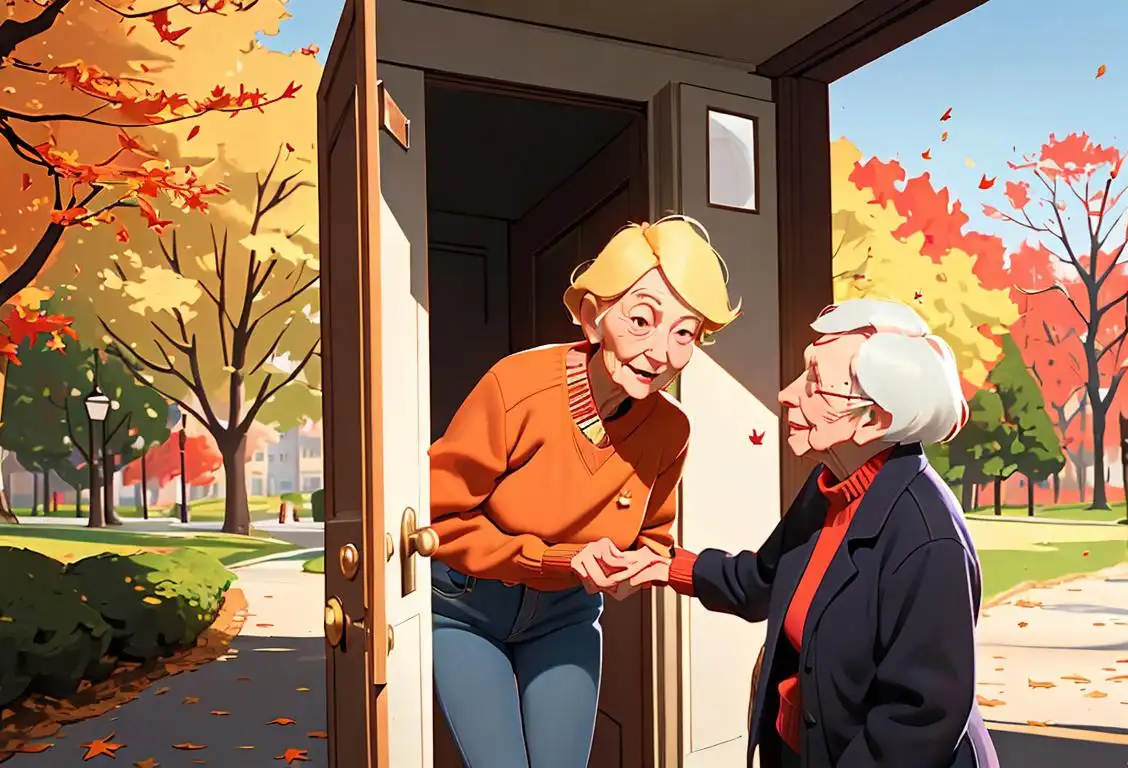National Merry Go Round Day

Hey there, merry go round enthusiasts! Get ready to spin with joy because it's National Merry Go Round Day! *Cue the music and whimsical carousel melodies!*
When is Merry Go Round Day?
It's national merry go round day on the 25th July.
A Brief History of Merry Go Round
Before we dive into the nostalgic magic of this delightful day, let's take a quick spin through the history of merry go rounds. The merry go round, also known as a carousel, has been a beloved attraction for decades. The first carousel was created in the 17th century and was initially designed as a training device for knights. Yes, really! Knights would practice their jousting skills by spearing rings while riding the carousel. If only our local amusement parks offered such fabulous knightly training opportunities!
Over time, merry go rounds became more than just a jousting training ground. They evolved into accessible and entertaining rides that delighted both children and adults alike. From hand-carved wooden horses to beautifully painted carousels, these spinning wonders have captured our hearts and sprinkled a dash of whimsy into our lives.
Nowadays, merry go rounds can be found in amusement parks and local fairs around the world. They're a staple of childhood memories, date night excursions, and I-have-to-ride-this-until-I'm-dizzy experiences. So hop on your favorite carousel creature and let the joyous loops take you for a spin!
History behind the term 'Merry Go Round'
1770
The Early Carousel
In the year 1770, the term 'merry go round' had not yet been coined. However, this was the year when the concept of the modern carousel started to emerge. The early carousels were hand-operated and primarily designed for training purposes in the cavalry. Soldiers would ride wooden horses in a circular motion to practice their skills in an entertaining way.
1861
The Steam-Powered Carousel
By 1861, carousels had evolved significantly. They became popular amusement rides at fairgrounds and amusement parks. It was in this year that the term 'merry go round' was first documented as a phrase used to describe these circular rides. The carousels were now powered by steam engines, allowing for larger and more extravagant designs. They featured beautifully carved horses, mirrors, and ornate decorations.
1870
The Introduction of the Organ
In the year 1870, another significant development took place in the history of merry go rounds. The organ, which played festive and lively tunes, was introduced to carousels. The addition of the organ enhanced the overall experience and added to the merriment of the ride. The combination of the organ's melodies and the swirling motion of the carousel created a magical and joyful atmosphere.
1885
The Transition to Electrical Power
In 1885, merry go rounds made a significant leap forward with the transition from steam power to electrical power. This shift allowed for even more elaborate designs and increased speed. The introduction of electricity also enhanced the lighting effects, making the carousels more captivating and visually stunning after nightfall. This marked a new era in the history of merry go rounds.
20th Century
Popularity and Cultural Impact
As the 20th century unfolded, merry go rounds became a pervasive symbol of amusement and childhood joy. They were no longer limited to fairgrounds but could be found in amusement parks, malls, and even playgrounds worldwide. The term 'merry go round' became firmly ingrained in popular culture, evoking feelings of nostalgia and whimsy. It continues to be used to describe these classic and enchanting rides.
Did you know?
Did you know that the record for the longest continuous ride on a merry go round is a staggering 49 hours and 15 minutes? Talk about a whirlwind adventure!Tagged
romance funFirst identified
26th July 2016Most mentioned on
25th July 2018Total mentions
39Other days
Tv On The Same Day
Do Something Nice Day
Honesty Day
Iloveyou Day
Kiss A Ginger Day
Happiness Day
Dance Day
Compliment Day
Single Ppl Day
Suicide Prevention Month Day









